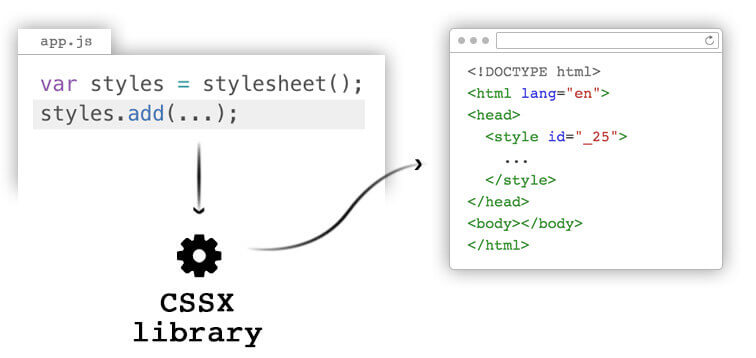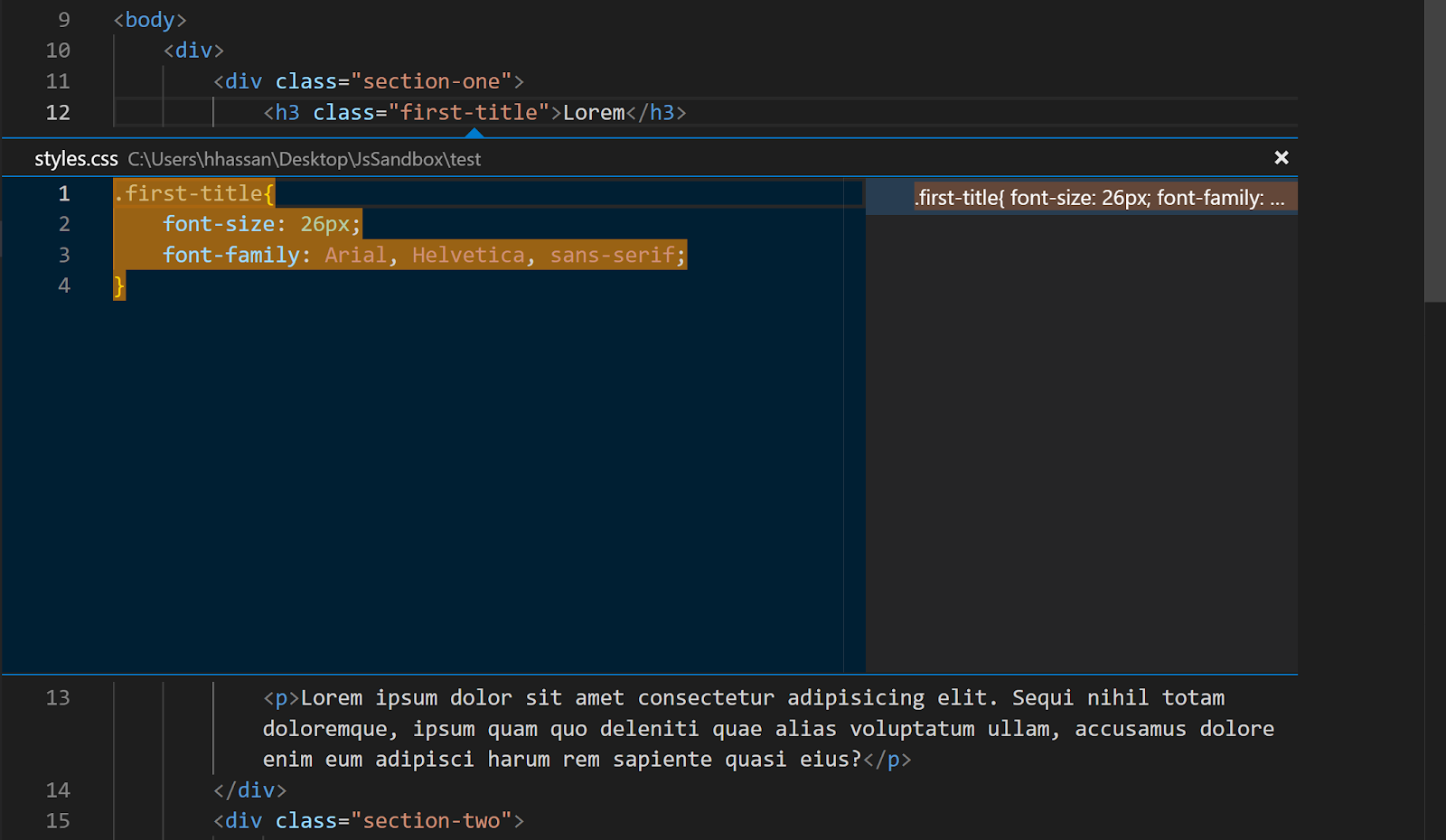

The shortcuts listed here will be for macOS - naturally, they have Windows counterparts, and the keyboard shortcut preferences ( ⌘ + K ⌘ + S on Mac) will show what they are. That way, I hope you may get something out of this article even if you’re quite familiar with Visual Studio Code (VS Code from now on). Instead, I’ll try to describe which features I find most useful in my day-to-day work, and in what context. While I don’t think there’s much in the way of prerequisite knowledge needed in order to get something out of this article, my aim is not to go over the basics of a code editor or to list every keyboard shortcut. In the next article, we are going to talk about using JSInterop with Blazor WebAssembly Lifecycle, how to pass HTML elements to JS functions, and how to handle JS errors.This is not quite an introductory article. NET methods to JS functions, but, we will also cover communication the other way around in one of our next articles from this series. For now, we only have communication from. Also, we have learned how to isolate our JavaScript functions and how to register JS modules without using the element in the index.html file. So, now we know how to call JavaScript functions with C# methods using JSInterop features. We can start our application, navigate to the component, and click the Email Details button.

Then, we just populate the _detailsMessage field.įinally, we have to add a new HTML markup:Ĭalling a JS function that returns an object: In this method, we call the JS function and store the returned object inside the emailDetials variable. _detailsMessage = "Email is not provided."


Now, in the CallJavaScriptInDotNet.cs file, we are going to create the ShowAlertWindow method: public partial class CallJavaScriptInDotNet This is just a simple HTML to help us with the example. Learning Web API? Get our eBook ASP.NET Core Web API Best Practices and become an expert for FREE! > GET THE BOOK Īfter that, let’s add new content in the CallJavaScriptInDotNet.razor file: Įxample for calling a JS function returning void:


 0 kommentar(er)
0 kommentar(er)
